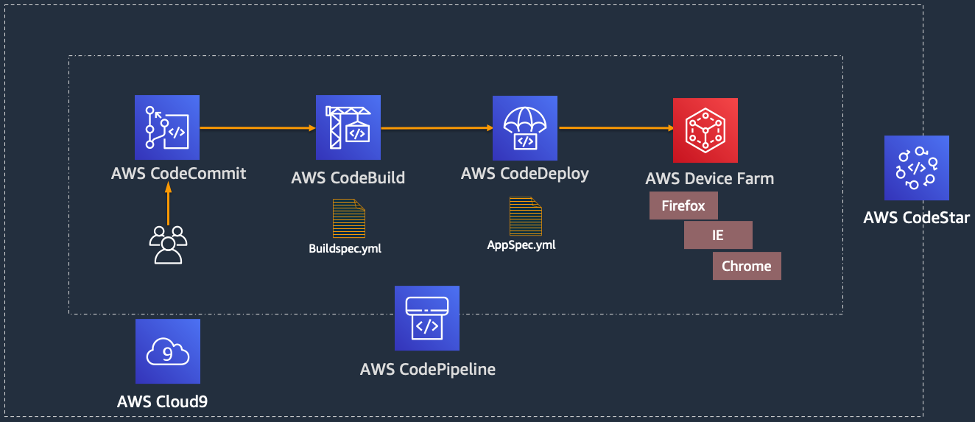AWS DevOps & Developer Productivity Blog
Tag: Web app
How to use Amazon Q Developer to deploy a Serverless web application with AWS CDK
Did you know that Amazon Q Developer, a new type of Generative AI-powered (GenAI) assistant, can help developers and DevOps engineers accelerate Infrastructure as Code (IaC) development using the AWS Cloud Development Kit (CDK)? IaC is a practice where infrastructure components such as servers, networks, and cloud resources are defined and managed using code. Instead […]
Manage roles and entitlements with PBAC using Amazon Verified Permissions
Traditionally, customers have used role-based access control (RBAC) to manage entitlements within their applications. The application controls what users can do, based on the roles they are assigned. But, the drive for least privilege has led to an exponential growth in the number of roles. Customers can address this role explosion by moving authorization logic […]
Integrating AWS Device Farm with your CI/CD pipeline to run cross-browser Selenium tests
Continuously building, testing, and deploying your web application helps you release new features sooner and with fewer bugs. In this blog, you will create a continuous integration and continuous delivery (CI/CD) pipeline for a web app using AWS CodeStar services and AWS Device Farm’s desktop browser testing service. AWS CodeStar is a suite of services […]
AWS Developer Tools Expands Integration to Include GitHub
AWS Developer Tools is a set of services that include AWS CodeCommit, AWS CodePipeline, AWS CodeBuild, and AWS CodeDeploy. Together, these services help you securely store and maintain version control of your application’s source code and automatically build, test, and deploy your application to AWS or your on-premises environment. These services are designed to enable […]
Setting Up the Jenkins Plugin for AWS CodeDeploy
The following is a guest post by Maitreya Ranganath, Solutions Architect. In this post, we’ll show you how to use the Jenkins plugin to automatically deploy your builds with AWS CodeDeploy. We’ll walk through the steps for creating an AWS CodeCommit repository, installing Jenkins and the Jenkins plugin, adding files to the CodeCommit repository, and […]
Faster Auto Scaling in AWS CloudFormation Stacks with Lambda-backed Custom Resources
Many organizations use AWS CloudFormation (CloudFormation) stacks to facilitate blue/green deployments, routinely launching replacement AWS resources with updated packages for code releases, security patching, and change management. To facilitate blue/green deployments with CloudFormation, you typically pass code version identifiers (e.g., a commit hash) to new application stacks as template parameters. Application servers in an Auto Scaling […]
Using the Elastic Beanstalk (EB) CLI to create, manage, and share environment configuration
My colleague Nick Humrich wrote up the guest post below to share a powerful way to use the EB CLI to manage environment configurations — Abhishek The AWS Elastic Beanstalk command line interface (EB CLI) makes it easier for developers to get started with Elastic Beanstalk by using command line tools. Last November, we released […]
A Sample App For Startups
Here’s a use-case we see among startups fairly frequently: you’re announcing a new product or service and your customers want to sign up to be notified when your Cool New Thing is available. This can lead to a period (perhaps just a few hours, but possibly longer) where your sign-up form is bombarded with many […]



